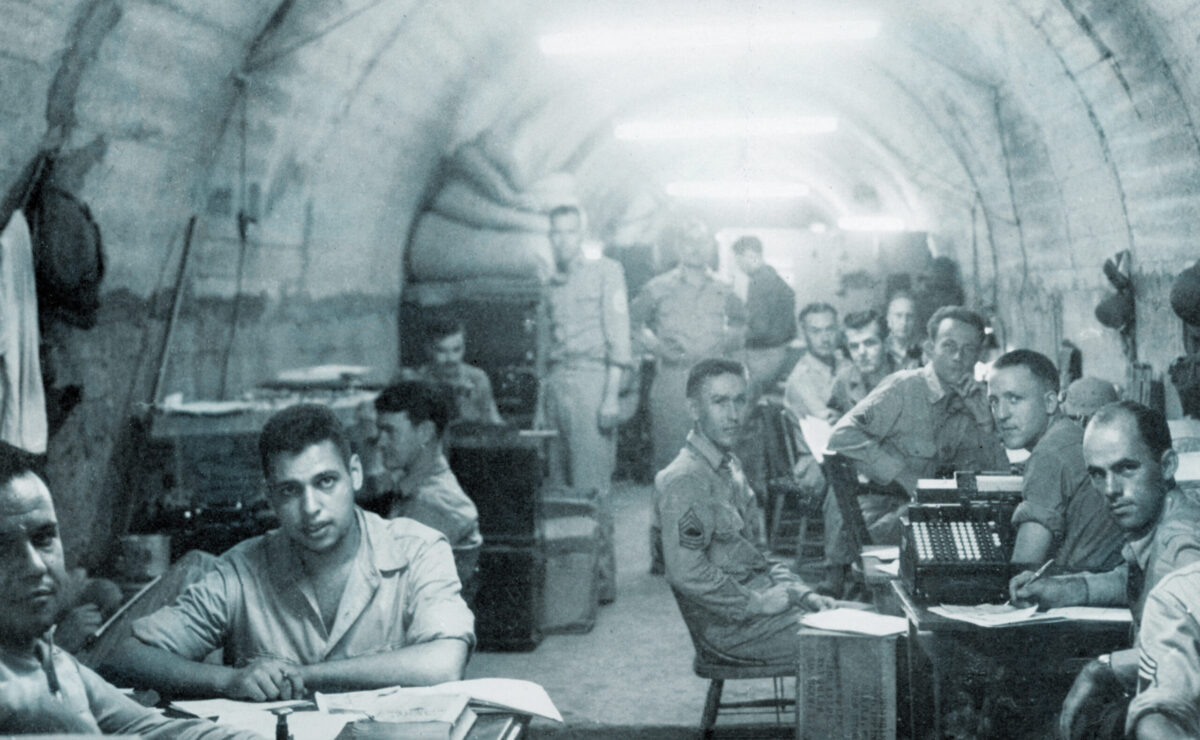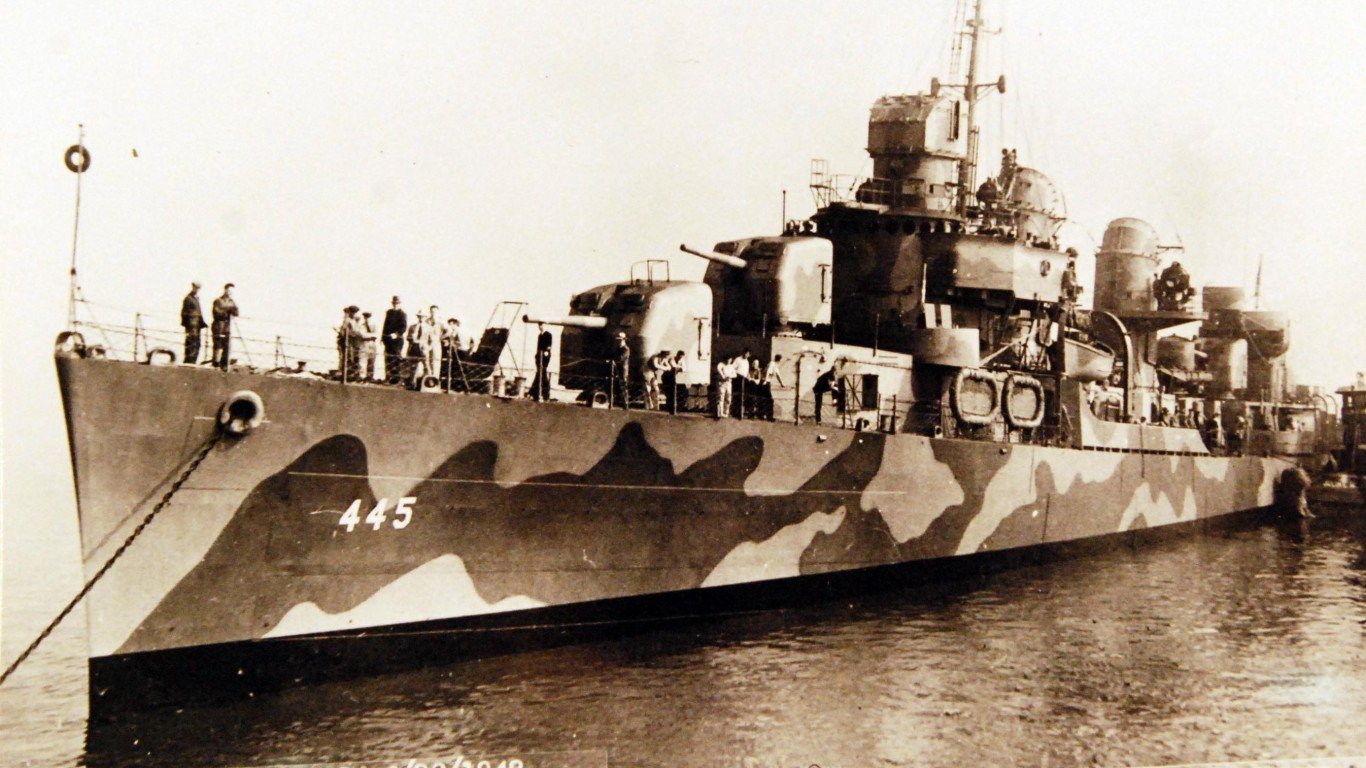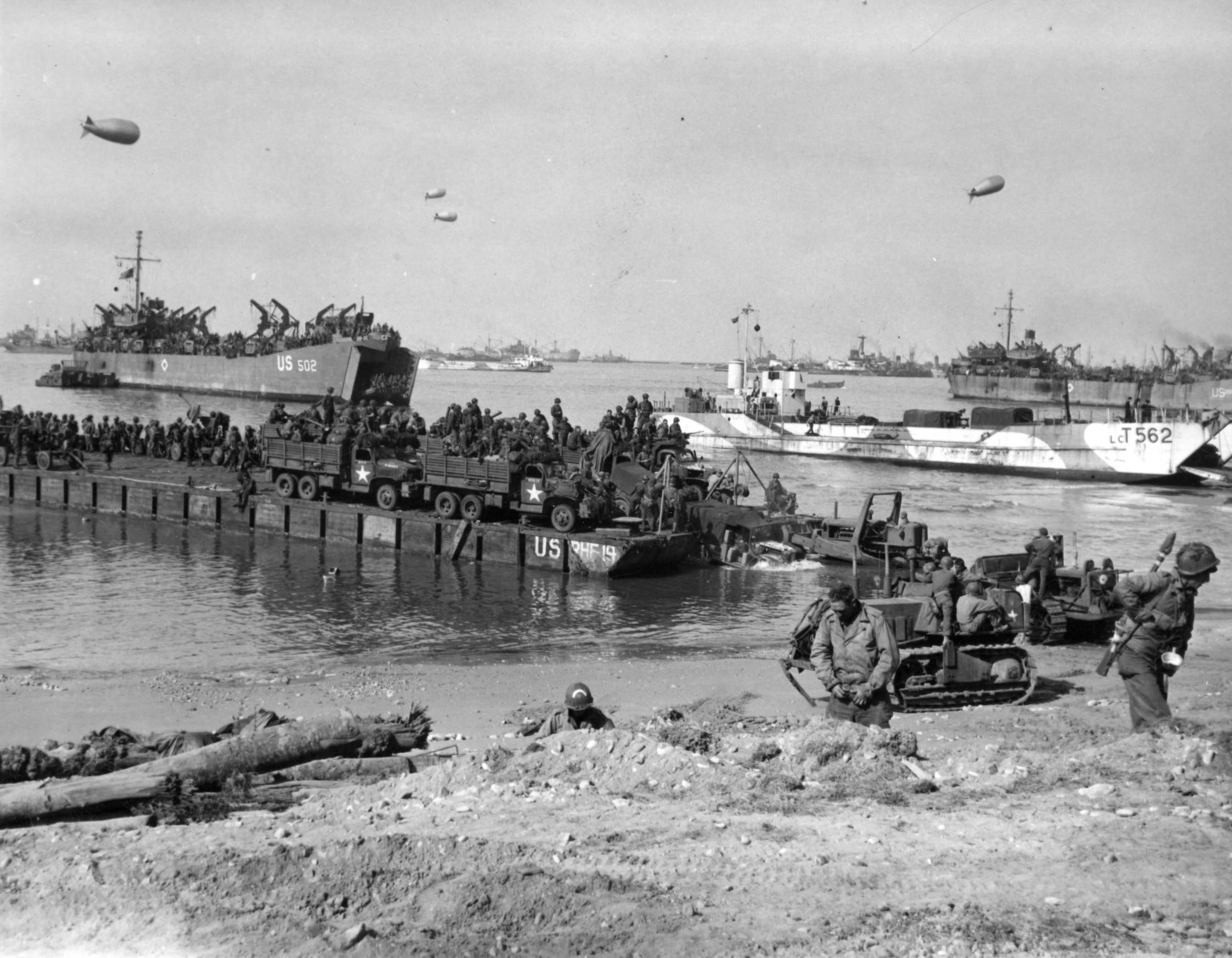
During World War II, intelligence played a pivotal role in determining the outcome of major battles, and the ability to intercept and decode enemy communications became a decisive factor in the conflict.
Among the most significant achievements in this realm was the U.S. Navy's role in breaking the Japanese naval code, JN-25, which provided critical insights into Japanese plans and strategies.
The breakthrough in codebreaking before the Battle of Midway stands as one of the most dramatic and important moments in military history, altering the course of the Pacific War and contributing significantly to the eventual Allied victory.
The ability to break enemy codes and intercept communications is often one of the most important advantages in modern warfare. In the case of World War II, the Japanese maintained a sophisticated system of coded messages, known as JN-25, which was used to coordinate their naval operations.
Breaking this code provided the Allies with a significant intelligence advantage, allowing them to anticipate enemy movements and make strategic decisions based on this vital information.
The efforts of U.S. Navy codebreakers were crucial in this process, and their work directly contributed to one of the most critical victories of the war.
The Japanese Naval Code: JN-25
JN-25 was the Japanese naval code used to encrypt messages that related to the movements and plans of the Imperial Japanese Navy during World War II. The code was designed to be a highly complex system, intended to protect critical military communications from interception.
It was made up of a combination of codes, ciphers, and substitutions, making it one of the most difficult codes to break. However, the importance of breaking this code was evident: intercepting and understanding Japanese plans would allow the Allies to counteract their strategies and anticipate their movements.
The U.S. Navy's efforts to crack the Japanese code were spearheaded by a small group of cryptanalysts working at the Navy's communications intelligence unit. This team, under the leadership of Commander Joseph Rochefort, was tasked with the critical mission of breaking JN-25.
The process was long and tedious, with cryptanalysts working tirelessly to decipher the encrypted messages. However, their work paid off in early 1942 when they were able to make a breakthrough in understanding the structure and components of JN-25.
One of the key developments in breaking JN-25 was the discovery of recurring patterns in the code. These patterns allowed the codebreakers to make educated guesses about certain words and phrases in the messages, gradually cracking the cipher.
The breakthrough came just in time, as the intelligence gathered from intercepted Japanese communications would soon prove invaluable in the upcoming Battle of Midway.

The Battle of Midway: Turning the Tide of the Pacific War
The Battle of Midway, fought from June 4 to June 7, 1942, is widely regarded as one of the most decisive naval battles in history. It marked a turning point in the Pacific War and demonstrated the crucial role that intelligence and codebreaking played in determining the outcome of the conflict.
Thanks to the work of the U.S. Navy’s cryptanalysts, American forces were able to intercept Japanese communications that revealed their plans to attack the Midway Atoll, a strategically important location in the Pacific Ocean.
The U.S. Navy’s ability to anticipate the Japanese attack allowed them to prepare an ambush, setting the stage for a dramatic victory. Armed with knowledge of the Japanese fleet’s movements and intentions, the U.S. Navy was able to position its forces effectively, placing its aircraft carriers in optimal locations to strike the Japanese fleet.
The intelligence provided by the codebreakers allowed Admiral Chester W. Nimitz, Commander-in-Chief of the Pacific Fleet, to make informed decisions that would ultimately lead to the destruction of four Japanese aircraft carriers, a devastating blow to the Imperial Japanese Navy.
The American victory at Midway had far-reaching consequences. The loss of four carriers, along with a significant number of experienced pilots and crew members, severely weakened the Japanese navy and shifted the balance of power in the Pacific.
It was a victory that was largely made possible by the intelligence gathered through codebreaking. Without the intercepted messages revealing the Japanese plans, the U.S. Navy would not have been able to stage such an effective counterattack.

The U.S. Navy’s Codebreakers: Unsung Heroes
The success of the Battle of Midway was a testament to the work of the U.S. Navy’s cryptanalysts, who were often unsung heroes in the war effort. While the battle itself was fought in the skies and on the seas, it was the intelligence gathered through codebreaking that provided the Allies with the upper hand.
The cryptanalysts, working in relative obscurity and under extreme pressure, cracked the Japanese codes and delivered the intelligence that allowed the U.S. Navy to strike a decisive blow against the enemy.
Commander Joseph Rochefort, the head of the U.S. Navy’s cryptanalytic efforts in the Pacific, played a key role in breaking JN-25. His leadership and determination were instrumental in the success of the codebreaking team. Rochefort, along with his team of experts, worked tirelessly to decipher the Japanese messages, often relying on intuition and pattern recognition to crack the code.
Their efforts were not without challenges, as the Japanese frequently changed their encryption methods, but the cryptanalysts persevered, ultimately providing the U.S. Navy with crucial intelligence that helped secure the victory at Midway.
The work of the cryptanalysts, however, remained classified for many years after the war, and the full extent of their contribution was not widely recognized until much later.
In the immediate aftermath of the war, the focus was on the battlefield achievements of the military, with little attention paid to the intelligence work that had made those achievements possible.
It wasn’t until decades later that the role of the U.S. Navy’s codebreakers became more widely acknowledged, and the critical importance of their work was fully appreciated.

The Importance of Intelligence in Modern Warfare
The success at Midway and the role of the U.S. Navy’s codebreakers serve as a powerful reminder of the importance of intelligence in modern warfare.
While technological advancements in weapons and tactics continue to evolve, the ability to gather and analyze intelligence remains one of the most decisive factors in determining the outcome of conflicts. The Battle of Midway demonstrated that knowing your enemy’s plans can be just as important as having superior firepower.
In today’s world, the lessons learned from the codebreaking efforts during World War II continue to shape military strategies and operations. Modern intelligence gathering techniques, such as signals intelligence, cyber warfare, and satellite surveillance, have their roots in the cryptographic efforts of World War II.
The importance of cryptanalysis and intelligence work has only grown as technology has advanced, making it an essential component of military strategy and national security.
The story of the U.S. Navy’s role in breaking the Japanese naval code is also a reminder of the dedication and sacrifice of the men and women who work behind the scenes in the intelligence community.
While the battlefield successes of the military are often in the public eye, the work of intelligence officers, cryptanalysts, and analysts remains just as vital to the success of any military operation. Without their expertise, many of the greatest military victories in history would not have been possible.

Conclusion
The role of the U.S. Navy in breaking the Japanese naval code during World War II is a story of intelligence, perseverance, and ingenuity. The success at Midway, made possible by the intercepted Japanese communications, was a pivotal moment in the Pacific War and a testament to the importance of codebreaking and intelligence gathering in modern warfare.
The efforts of the U.S. Navy’s cryptanalysts, though largely unsung at the time, played a crucial role in the defeat of the Japanese fleet and helped to turn the tide of the war in the Pacific.
Their work demonstrated the critical role that intelligence plays in military operations and served as a model for future generations of intelligence officers. The victory at Midway was not just a triumph on the battlefield; it was a victory of intelligence, planning, and foresight that continues to shape military strategy today.

-1749630230-q80.webp)
-1749716205-q80.webp)
-1749549823-q80.webp)
-1749722040-q80.webp)